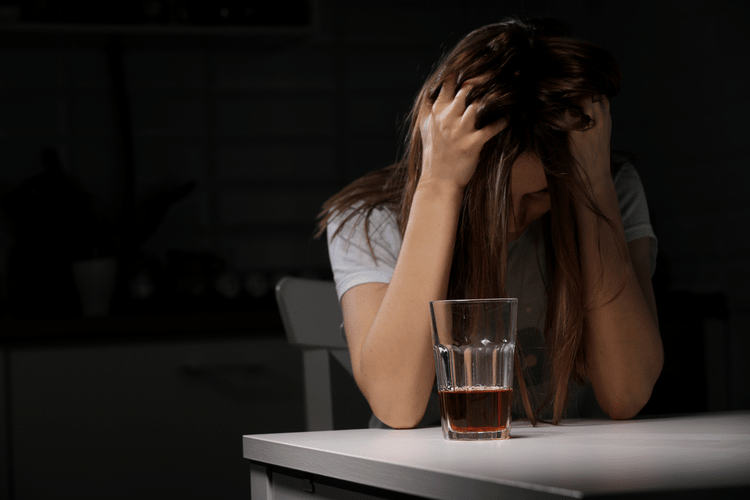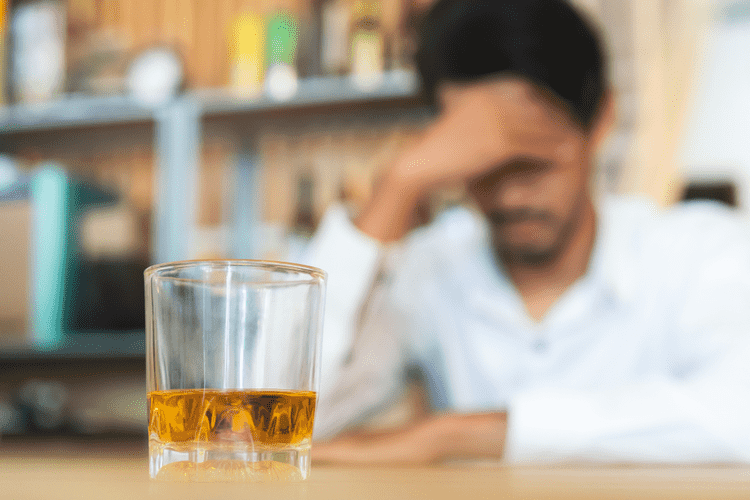It lowers the calming effects of a chemical called GABA and increases another chemical, glutamate, which makes the brain more active. When alcohol intake suddenly stops, this leads to a surge in neural activity, which can trigger intense headaches. While it may seem like a tall order, armed with knowledge and determination, we can take a step towards it by managing our alcohol intake. A holistic lifestyle change, which includes balanced nutrition, regular exercise, and stress management, along with reducing alcohol consumption, can have a profound impact on our overall well-being. For those of us who are frequent drinkers and are considering quitting, it’s important to understand that alcohol withdrawal may trigger migraines, too.
What Causes an Alcohol Headache and How to Prevent It?
- However, findings on the association between alcohol intake and migraine are inconclusive for a number of reasons, including cultural, regional, and individual differences in the consumption of alcohol.
- Research from 2020 showed that 95% of participants experienced alcohol-induced headaches.
- The best alcohols for migraine sufferers generally include clear spirits like vodka and gin.
- Therefore, there was insufficient data to analyze the relationship between alcohol and aura, and the data that does exist is inconsistent 65, 86.
In brief, for each level of alcohol intake, we calculated the adjusted average risk per day of having a headache had everyone in the sample consumed that number of alcohol servings. We estimated average treatment effects as the average risk of having a headache had everyone consumed that number of alcohol servings on a given day minus the average risk of having a migraine on that day had everyone consumed no alcohol. A second explanation for the results presented in our meta-analysis might encompass a certain protective role of alcohol with regards to migraine. However, according to this idea, populations with higher migraine prevalence should have lower alcohol consumption. For example, due to religious requirements, people in Iran consume considerably less alcohol than Europeans 22, 84; nevertheless, migraine prevalence in Iran is 15.1% 85 while in Europe it is 35% 86.
Does alcohol trigger every person with migraine?
Because migraine is a highly nuanced disease, it is important to learn about all possible symptoms that may appear before, during or after a migraine attack, including less common ones such as aura. Mounting evidence suggests there may be a connection between migraine and mental health. Anxiety disorders and depression are two of the most commonly reported mental illnesses among people who are diagnosed with migraine. By learning how migraine and mental health impact one another and ways to manage both, you can improve your quality of life.
Hangover symptoms
In addition to drinking plenty of water, you also need to ensure you are eating a healthy diet. Consuming plenty of nutrient-rich foods can help stabilize blood sugar levels, reducing headaches. Magnesium deficiency is a common cause of persistent headaches; eating nuts and seeds can boost the level of this nutrient in your body. Alternatively, yogurt hydrates your body and can help with nausea by promoting gut health. The number one thing that you need to remember when experiencing a headache related to alcohol withdrawal is to hydrate.

- Studies on red wine-sensitive subjects, in order to show a mediation of induced headache by some types of 5-HT2 receptors, give inconclusive results 42.
- Individuals with lower body weights cannot process as much alcohol as individuals with higher body weights.
- Studies also show that alcohol abuse disorders are less common among people who experience headaches, indicating that a predisposition to alcohol-induced headaches may offer individuals some degree of protection from alcohol overuse.
- Results of MIDAS score among migraine sufferers ranged from 0 to 70 with a mean of 12.52 and SD of 13.81, classified as medium grade disability.
- Figure 2 shows data on two individuals selected at random among those who tracked more than 600 days.
- Neuromodulation techniques, such as transcranial magnetic stimulation (TMS) and occipital nerve stimulation (ONS), use electrical or magnetic stimulation to alter the activity of nerves involved in cluster headaches.
These can make symptoms worse and increase migraine risk in sensitive individuals. In this article, we’ll explore the science behind alcohol and migraine, discuss common triggers, mechanisms of action and provide practical tips for those who wish to manage their migraine symptoms while still enjoying social occasions. Factors such as individual tolerance (which includes your genetic ability to detoxify alcohol), specific ingredients in drinks, and even the amount consumed can all play roles in whether a migraine attack will follow. The relationship between alcohol withdrawal and headaches is an intricate one. Cluster headaches are a type of primary headache disorder characterized by severe, intense pain on one side of the head.
What Are the Main Differences Between Headaches and Migraines?
The HSS also allows us to assess the hangover symptoms following early drinking experiences. The interpretation of this data should be cautious, since recall bias is a major concern. It is also possible that retrospective recall biases cause higher correlation between HSS scores across time periods. The presence and strength of hangover symptoms were accessed using the Hangover Symptom Scale (HSS). The scale was developed and validated by Slutske et al.9 and was translated and validated to Hebrew by the researchers. Assessing the percentage of drinking occasions after which hangover symptoms occur partially controls for differences in the frequency of drinking and allows the HSS item scores to be interpreted as hangover susceptibility or proneness.
How do you know if beer is one of the types of alcohol that can trigger an attack for you? Test to see if alcohol (beer, wine, clear liquors, bourbon etc.) is a trigger by consuming a modest amount and then waiting 30 minutes to 3 hours to see if a migraine attack ensues. If you’ve identified alcohol as a trigger for your migraine headaches, avoiding it altogether is probably best.
Are cluster headaches related to alcohol consumption in the same way as migraine?
Alcohol headaches usually happen after drinking and are often due to dehydration and some other factors. Finally, it’s important to alcohol and migraines know the difference between alcohol headaches – also known as hangovers – and migraine. It’s important to talk about your symptoms and how alcohol affects you.
Figure 1A shows the individual probabilities of migraine attack, when no alcohol was consumed on either day‐1 or day‐2. Red dots represent the median individual probability, and vertical lines represent the individual 95% CI. These probabilities (red dots) serve as reference for the other three panels. When there was alcohol intake on day‐2 (regardless of intake on day‐1, Figure 1C,D) the probability of migraine attack was lower compared to when there was no alcohol intake in both day‐1 and day‐2 (red dots). On the other hand, the probability of migraine attack when there was no intake on day‐2 was similar regardless of whether there was alcohol intake on day‐1 (Figure 1A,B).

Alcohol is often reported as a trigger among individuals with migraine or other kinds of headaches. However, findings on the association between alcohol intake and migraine are inconclusive for a number of reasons, including cultural, regional, and individual differences in the consumption of alcohol. We adjusted for day of week to eliminate confounding by weekend versus weekday habits that may impact intake and headache occurrence. There can be confounding by time-varying characteristics (e.g. nightly sleep) related to the timing of alcoholic beverage intake and migraines on a particular day. In this prospective cohort study, adults with episodic migraine completed electronic diaries drug addiction every morning and evening for at least six weeks in March 2016–October 2017.
- However, if you can’t avoid alcohol, remember to drink in moderation.
- Yoga and other mindfulness techniques are especially helpful as they target and alleviate tension while promoting relaxation.
- We will discuss specific types of alcohol that are more likely to provoke cluster headaches and highlight other factors that can contribute to their onset.
- Another reason that headaches will frequently develop following alcohol consumption, as well as during alcohol withdrawal, is due to dehydration .
Experts are unsure exactly how alcohol may cause one type of headache over another. It may be that people have individual differences in brain receptors that influence the brain’s reaction to alcohol. Genes that play a role in opioid, serotonin, and dopamine systems also influence alcohol sensitivity.
Relationship between alcohol and migraine headaches
Drinking plenty of water, especially before, during, and after consuming alcohol, can help counteract dehydration, one of the primary causes of alcohol-induced headaches. Moreover, there were significant trends of decreasing prevalence of migraine and non-migraine headache with the increasing number of alcohol units consumed 28, 31. One important study limitation is that the amount of alcohol subjects consumed was not recorded in a standardized manner.

